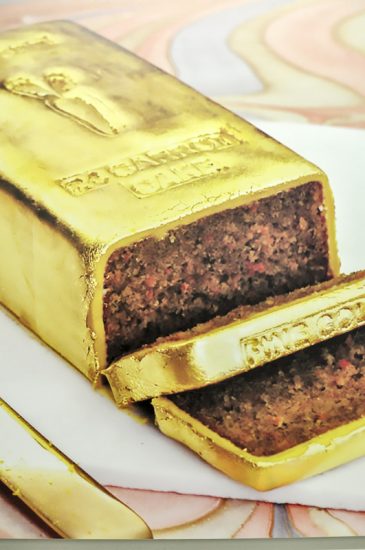A treasure trove of artisan expertise and inspired marketing is concealed on an industrial estate in the outskirts of Campi Bisenzio, northeast of Florence. Giusto Manetti Battiloro has been beating gold into leaf for decorative purposes worldwide since 1820.
It all began when Luigi Manetti bought a Florentine goldbeater’s workshop in via de’ Pescioni, near piazza della Repubblica. When the founder passed away, his son helmed the family business, successfully circumventing the World War I period and moving manufacturing to modern premises in via Ponte alle Mosse in the 1920s. In July 1944, the buildings were mistakenly bombed by American aircraft, but once the war was over, gold leaf production resumed upon the partial reconstruction of the Florence plant. 1966 brought renewed hardship with the Florence flood, which inundated the ground floor of the factory.

Ph. Marco Badiani
Since 2013 the historic firm’s production has been headquartered in the energy-saving Campi Bisenzio plant, which boasts staff-centric facilities: a gym, a library, a dining room, and a 50-seater auditorium whose walls vaunt photographs of Luigi Manetti, Universal Exposition certificates and a display case explaining the goldbeating process.
It takes five stages to turn a gold ingot into leaf. The first phase produces an alloy by melting pure gold with copper and silver in a crucible at over 1,000°C. The resultant bar is passed through rolling mills until it becomes a thin ribbon, which is cut into stamp-like squares before being inserted into special paper packets called forms. The final goldbeating stage is still done by hand by means of hammers of varying shapes and weight (the heaviest of which reaches seven kilos) until the leaves measure just a few micron decimals. Steady-handed ladies cut the sheets into squares using a sharp-edged template known as a carretto, gently transferring the thin metal sheets into tissue paper booklets with boxwood pincers. Each leaf is checked by sure hands and expert eyes prior to being wrapped in the iconic packaging.
Shining brightly on buildings and monuments all around the world, Giusto Manetti Battiloro’s gold leaf continues to be chosen by leading international restoration firms, interior designers, artists and architects, as seen as on the spires of the New York Life Building, the Palace of Versailles and the Church of the Holy Sepulchre in Jerusalem—and more recently on the gilded Haunted House installation at Milan’s Fondazione Prada as well as James Lee Byars’ arresting The Golden Tower artwork along Venice’s Grand Canal. Closer to home, Giusto Manetti Battiloro generously donated the gold leaf used to restore the ball that majestically tops the lantern of Florence’s Duomo.
For foodies, exquisite packets of edible gold leaf, flakes and crumbs are the hallmark of Giusto Manetti Battiloro. Holding a hygiene permit to make edible gold and silver, the flavourless and odourless 23-karat gold and silver is used by creative chefs in Italy and internationally as a decorative touch of decadence. Although the edible metals manufacturing process is similar to the goldbeating process pictured here, the production has its own dedicated line of machinery and tools to guarantee hygiene standards.








